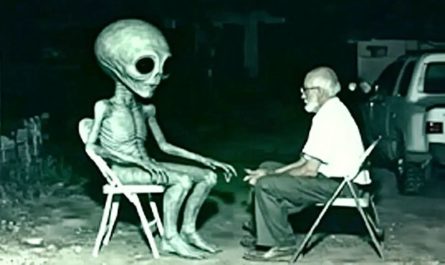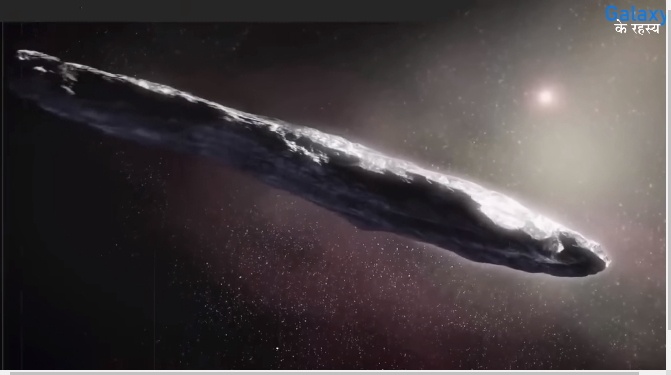On Monday, April 3, NASA officially announced the four astronauts that will fly around the moon during the Artemis 2 mission. The astronauts are the first humans to reach the lunar orbit since the Apollo 17 mission in 1972. The Artemis 2 Astronauts selected by NASA include Commander Reid Wiseman, pilot Victor Glover, and mission specialists Christina Koch and Jeremy Hansen.
Astronaut Jeremy Hansen is a Canadian Space Agency (CSA) astronaut who will be participating in the Artemis 2 mission because of the agreement between the United States and Canada. He will be the first Canadian and first non-American citizen to fly around the moon.
How NASA And CSA Made The Announcement
On April 3, NASA officials announced the Artemis 2 Astronauts during an event scheduled at Ellington Field, which is home to NASA’s aircraft operations near the Johnson Space Center in Houston. NASA Administrator Bill Nelson and other top officials came together and announced the list of astronauts that will be flying to the moon by 2024. The lift-off of this mission is scheduled to commence in late 2024 and the crew will be launched to space aboard a Space Launch System (SLS) rocket from Pad 39B at the Kennedy Space Center located in Florida.
What You Should Know About The Four Artemis 2 Astronauts
The four Artemis 2 astronauts were chosen from the list of active corps of 41 NASA astronauts and four Canadian Space Agency astronauts.
The selected astronauts include three experienced crew who have reached space in the past and one astronaut who will be participating in his first space flight. Here’s what you should know about the selected Artemis 2 astronauts.
NASA Astronaut Gregory Reid Wiseman
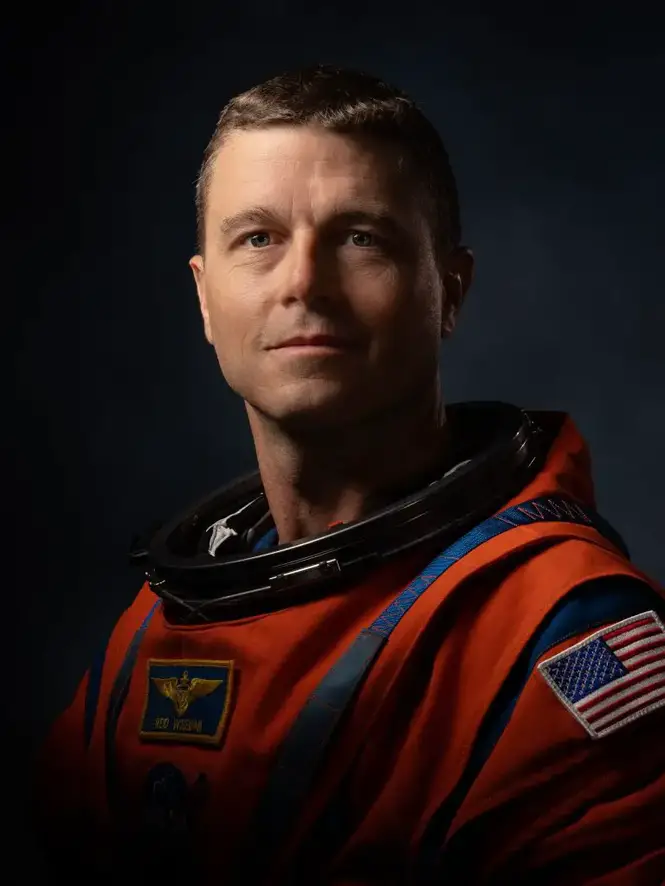
Official portrait for Artemis II: Reid Wiseman. Image Credit: NASA/PHOTOGRAPHER: Josh Valcarcel
NASA Astronaut Gregory Reid Wiseman is an American astronaut, naval aviator, and engineer born on 11 November 1975 in Baltimore, Maryland, United States. The 47 years old astronaut previously served as chief of the Astronaut office from 2020 to 2022. He was first selected in June 2009 as a member of the NASA Astronaut Group 20.
Wiseman later qualified as an astronaut in 2011. He has participated in three different space missions including Expedition 41, Expedition 40, and Soyuz TMA-13M. Wiseman spent 165 days in Earth orbit during his first mission to space in 2014. Based on his experience in Space, NASA found him
NASA Astronaut Victor Jerome Glover
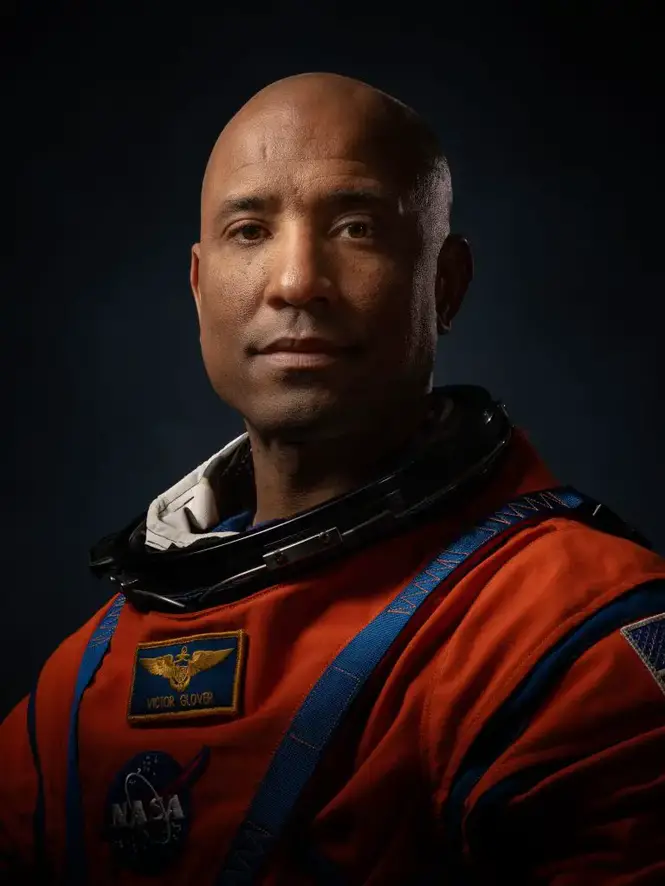
Official portrait for Artemis II: Victor Glover. PHOTOGRAPHER: Josh Valcarcel/NASA
NASA Astronaut Victor Jerome Glover is a U.S. Naval Captain, engineer, and astronaut born on 30 April 1976 in Pomona, California, United States. The 46-year-old astronaut belongs to the class of 2013 NASA astronauts. Glover served as the Pilot on the first operational flight of the SpaceX Crew Dragon to the International Space Station. The experienced astronaut has participated in three different space missions including SpaceX Crew-1, Expedition 64, and Expedition 65.
Glover has spent 167 days, 6 hours, and 29 minutes in space during his missions. Glover will be participating in this mission as a Pilot of the Artemis 2 crew. NASA astronaut Glover was the first black astronaut to serve on a space station crew and he will also be the first black astronaut to fly around the moon. In other words, Glover is about to make a new history in space exploration.
NASA Astronaut Christina Hammock Koch
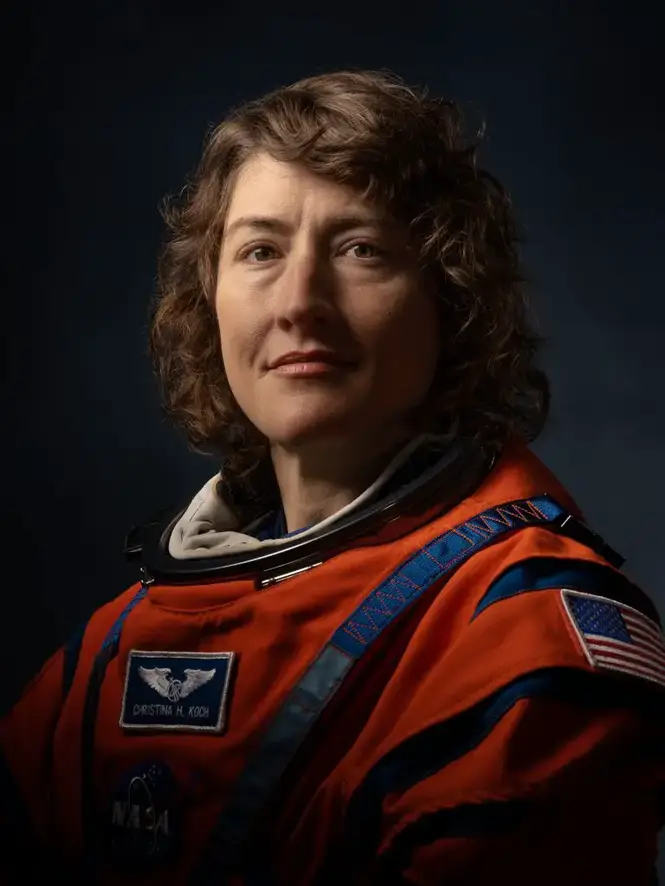
Official portrait for Artemis II: Christina Koch. PHOTOGRAPHER: Josh Valcarcel/NASA
NASA Astronaut Christina Hammock Koch is an American engineer, former U.S. National Oceanic Atmospheric Administration (NOAA) station chief, and astronaut born on 29 January 1979 in Grand Rapids, Michigan, United States. The 44-year-old astronaut belongs to the class of 2013 and she has received Bachelor of Science degrees in electrical engineering and physics and a Master of Science in electrical engineering at North Carolina State University.
The experienced astronaut has participated in space missions including, Expedition 61, Expedition 59, Expedition 60, Soyuz MS-12, and Soyuz MS-13. Koch has logged 328 days, 13 hours, and 58 minutes in space during her missions. She has set a record aboard the International Space Station for the single longest mission by a woman at 328 days.
Hence, Koch will be setting another record during the Artemis 2 mission as the first woman to fly around the lunar orbit. She will serve as a mission specialist for the Artemis 2 mission and we should be looking forward to seeing her perform excellently well during the mission.
Canadian Astronaut Jeremy Roger Hansen

Official portrait for Artemis II: Jeremy Hansen PHOTOGRAPHER: Josh Valcarcel
Canadian Astronaut Jeremy Roger Hansen is a Canadian astronaut and Air Force Captain born on 27 January 1976 in London, southwestern Ontario Canada. Hansen was selected to join the Canadian Space Agency in 2009 as an astronaut. Before his selection as an astronaut, Hansen was serving as a Royal Canadian Air Force Captain, handling the CF-18 fighter jet at CFB Cold Lake in Alberta.
While the Artemis 2 mission will be his first space mission, Hansen has previously served as an aquanaut aboard the Aquarius underwater lab in 2014. Hence, he will be using his experience from the Aquarius underwater to support the Artemis 2 mission around the moon in 2024. Hensen will be setting the record of the first Canadian to ever reach deep space and the moon as well. The 47-year-old astronaut is about the set a record that will motivate the next generation of Canadian astronauts.
Hansen’s seat on Artemis 2 mission was secured as part of the Canada- U.S. Gateway Treaty. This is an agreement reached between NASA and CSA that will lead to the development of external robotics arms which will operate on the Gateway space station in lunar orbit. In addition, the treaty also has it that a Canadian astronaut will be flying to the Lunar Gateway Space Station as part of its future Artemis crewed mission.
What You Should Know About Artemis 2 Mission
Artemis 2 mission is a 10-day mission that will carry the four selected astronauts to the moon aboard the SLS rocket system. The mission will not take the astronauts around the moon’s orbit or land on the lunar surface. However, it will follow a hybrid free return trajectory to meet its mission requirement. Mission specialists revealed that the Orion spacecraft will be making use of the European-built service module to conduct several maneuvers to increase its orbit around the Earth.
This will place the astronauts aboard the spacecraft on a lunar-free return trajectory and the Earth’s gravity will drag the spacecraft back home after completing the mission. Before the crew escapes Earth’s orbit and heads toward the moon, they will use the SLS upper stage known as the Interim cryogenic propulsion stage as a target for proximity operations. This will enable the crew to test their potential to fly the spacecraft manually and navigate in space.
The crew is also mandated to test the spacecraft’s communications, life support, and navigation systems before they finally leave Earth’s orbit to the moon. NASA reveals that the Orion spacecraft will bring the Artemis 2 astronauts within 6,479 miles (10,427 kilometers) of the lunar surface. It will also take them to 6,400 miles (10,300 km) beyond the far side of the moon.
At the distance, the Artemis 2 crew will reach the farthest distance any humans have ever reached in deep space. They will also be able to enjoy a fascinating view of Earth and the moon from Orion’s windows. At the end of the Artemis 2 mission, the Orion spacecraft will splash down in the Pacific Ocean, off the coast of California.
How The Artemis 2 Mission Will End
The U.S. Navy ships and NASA experts will recover the crew and the spacecraft from this point. With the successful completion of the Artemis 2 mission, NASA will commence with the preparation of its Artemis 3 mission that will land the first woman and the first person of color on the moon’s south pole in late 2025.

